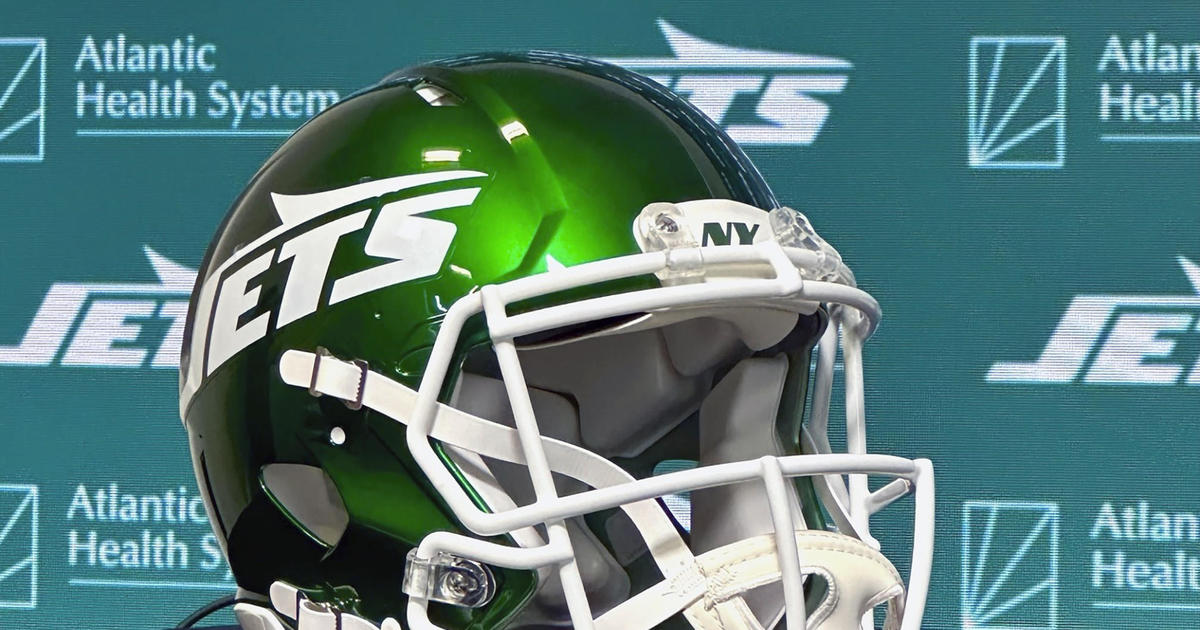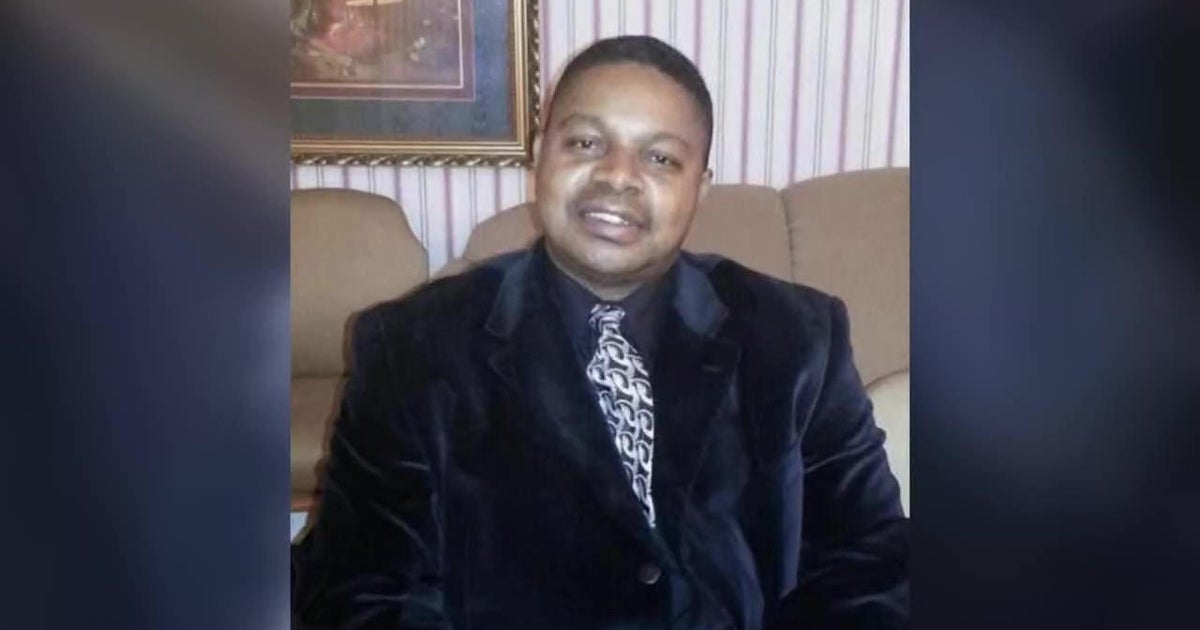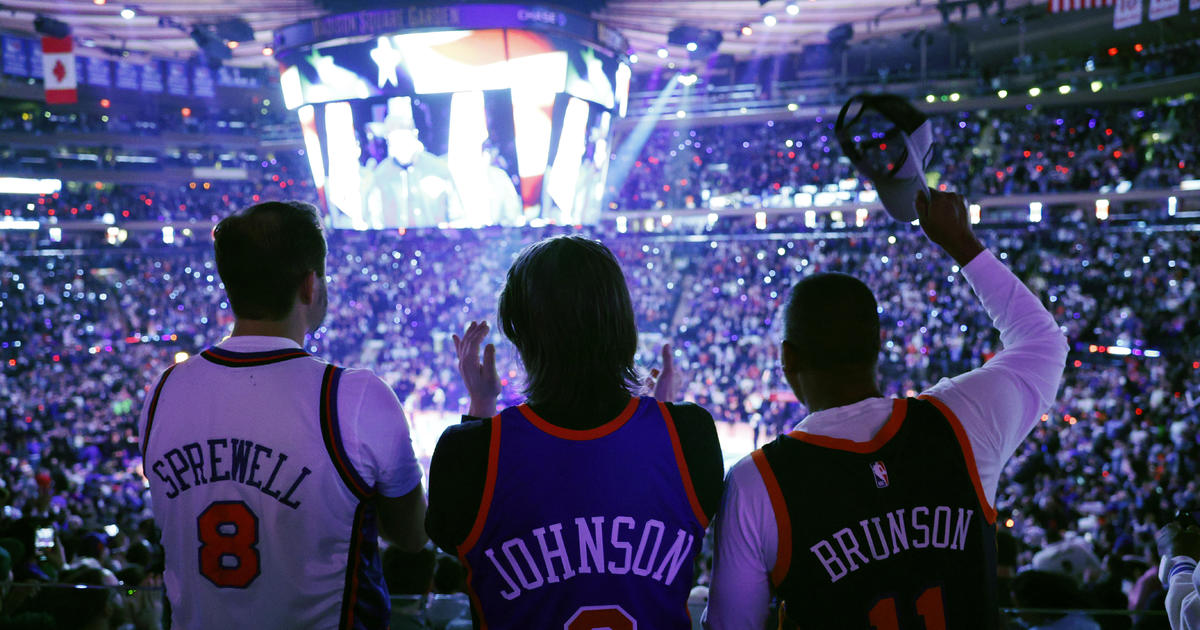Kallas Remarks: The Mets/Madoff Billion Dollar Question
By Steve Kallas
» More Columns
Last Thursday (March 3), The United States Court of Appeals for the Second Circuit listened to oral argument on what is a multi-billion dollar issue in the Bernard Madoff bankruptcy. The issue relates specifically to Trustee Irving Picard's decision to determine what investors would be paid (this is the so-called "net winners" v. "net losers" argument). Simply put, if you were an investor who took out more than you put in with Madoff, you were sued by the trustee for the excess profit (fictitious profits, according to the trustee) and your claim for what was left in your account was disallowed (because there was $0 in your account, unbeknownst to you). If you had taken out less than you put in, the trustee would grant you a recovery of the difference.
Lawyers for "net winners," such as the top-notch law firm of Cravath, Swain and Moore, representing Sterling Equities (Fred Wilpon, Saul Katz and others), argued vehemently that "net winners" were really losers because Sterling Equities, for example, still had $500 million dollars in their accounts (according to the last statement they received from Bernard Madoff Investment Securities) when the Ponzi scheme was discovered. Therefore, so the argument goes, the trustee could not go after Wilpon/Katz and thousands of others similarly situated for the alleged "fictitious profits," because there weren't any. In fact, investors like Wilpon/Katz should have that $500 million added to what they are owed and should be paid by the trustee.
THE BANKRUPTCY COURT RULING
In March of 2010, Judge Burton Lifland of the United States Bankruptcy Court for the Southern District of New York ruled that the trustee's method of evaluating claims was correct. That is, the net winner v. net loser analysis was upheld. This despite the fact that Wilpon/Katz lawyers and many other lawyers (for many other "net losers") argued that people who invested with Madoff had a right to rely on the monthly statements that Madoff's investment firm sent to them. Keep in mind, of course, that these statements were wholly fictitious; they were literally made up by Madoff and a few thieving cohorts at his company.
The specific issue, under the Securities Investor Protection Act, was how should the definition of "net equity" be applied in this unusual case. In last year's holding, Judge Lifland ruled that the trustee's measure of calculation was correct, that the trustee could sue and recover from the net winners their fictitious profits. The final balance on the thousands of net winners' final statements did not matter, according to the judge. That means, as a practical matter, that the net winners would have to wait for all of the net losers to recoup their losses before the net winners could be paid anything (assuming that there will be any money left to pay out).
THE SECOND CIRCUIT ARGUMENT
As happens in appeals, Cravath, Swain and Moore (and a number of other law firms on behalf of other net winners), on behalf of Wilpon/Katz, filed an appellate brief. Baker & Hostetler, on behalf of Trustee Picard, filed their response to Cravath's (and others') appellate brief and then Cravath filed a reply brief to the trustee's brief. Then, oral argument is heard (in this case, last Thursday) before a three-judge appellate panel.
It seems to this writer, after reading all three briefs on the Sterling (Wilpon/Katz) appellate issues, that it will be very difficult for Wilpon/Katz, and others in the same situation, to win on appeal. Here's why: the argument almost comes down to common sense: although the Cravath briefs make some persuasive arguments, at the end of the day, how can you allow the biggest scammer of all-time (or, just as important, any possible future scammer) to dictate what people can recover after the fact just on a whim?
If that's the law, and, essentially, that's what the Wilpon/Katz group is arguing, then it defies logic. How can a lunatic determine, essentially, who gets what?
Is the above a simplistic analysis of the appeal? Well, of course it is. And, while it's doesn't matter what this writer thinks (in terms of an actual decision), let's look at what Chief Judge Dennis Jacobs stated at the oral argument on Thursday. As you mayknow, judges can (and do) pepper both sides with penetrating questions and make statements during oral argument (except for Clarence Thomas of the United States Supreme Court, who hasn't asked a question in five years – but that's for another time and place). Sometimes that gives you a window into how they are thinking.
According to the New York Daily News (in an excellent article written by Michael O'Keeffe, Teri Thompson and Nathaniel Vinton), in what to this writer is a strong statement, Chief Judge Jacobs stated that Wilpon, Katz and the other similarly situated investors should not expect that the net equity of their Madoff accounts would be based "on whatever amount Madoff made up while chewing on his pencil and staring at the ceiling."
Uh-oh.
That can't be viewed as a remotely positive thing by those representing the Wilpon/Katz group and others in the same position. Now, since it's a three-judge panel, obviously the decision could be a 2-1 deal either way. But it says here that Chief Judge Jacobs' comment, which, frankly, is a big part of the trustee's argument on appeal, gives us a good window into how this case will be decided.
Is that for sure? Of course not. You don't always know what an appellate panel will do. But, again, if Ponzi schemers could determine who gets what, that would be a pretty strange holding. And, since Madoff made up this stuff as he went along (because he was never buying any stock and was just getting more money from other people or entities to pay the prior investors), as Chief Judge Jacobs (and the trustee's lawyers) said, you can't have a lunatic Ponzi schemer dictate who recovers what.
WHAT DOES THIS MEAN FOR A POTENTIAL SETTLEMENT?
Now that's the Billion(s?) Dollar Question. It would be hard to believe that lawyers representing net winners are confident that they are going to win this appeal. In addition to having fictitious profit issues, people in the Wilpon/Katz scenario (that is, defendants who are accused of the standard of "knew or should have known" about the fraud) are potentially in even deeper trouble.
As I had suggested in a previous column (see Kallas Remarks, 2/22/11), the parameters for a settlement would be for the Mets group to give back all of the fictitious profits in a six-year look back period (note that, generally speaking, the look back period in a bankruptcy in New York is six years, not four years as may be true in other jurisdictions) to the trustee plus a real number (I suggested $50 million) to make the case go away. I've also stated, on the air with Mike Francesa, that I thought this would be an extremely difficult case to settle (at the time, the Mets were at zero and the trustee was at a billion). After analyzing the complaint and, now, the appellate briefs, it still says here that this will be a difficult case to settle (while Governor Cuomo, the court-appointed mediator, didn't say much last week, one could sense his frustration). Understand, of course, that about 90% of these cases usually do settle.
Having said that, this writer believes that a settlement offer in the range of $240 million might be close to a real settlement number (although the trustee will, of course, ask for more). Another fly in the settlement ointment is whether the trustee can go back beyond the six-year look back period for those fictitious profits. Not discussed a lot in the appellate briefs (the trustee mentions it in a footnote; some appellants discuss it in their appellate briefs), If the Second Circuit holds that the bankruptcy court and the trustee were right in their net winners and net losers approach (this writer believes they will) AND allows the trustee to go back beyond six years (hard to say how, or even if, they will rule on that issue), well, then Wilpon/Katz and their co-defendants are in plenty of trouble.
As previously discussed (see Kallas Remarks, 2/22/11), $163 million in fictitious profits, according to the complaint, was taken out by the Wilpon/Katz defendants in the six-year period prior to the bankruptcy. That's the number used by this writer to propose the parameters of a settlement. But if the Second Circuit (or, if they don't decide it, Judge Liflland) allows the trustee to go beyond the six years (it says here that allowing that would be a stretch), then the Mets group will be on the hook for the entire $295 million (that's the $300 million number you've been reading about for the last few months) in fictitious profits.
If that's true, the price to settle will be going up into the $400 million or higher range.
You see the potential problems.
Of course, if, somehow, the Wilpon/Katz and other groups are successful on their Second Circuit appeal, that would be a huge boost for them.
But it says here that a result like that is a huge longshot.
Now comes word from the Wall Street Journal (in a fascinating article written by Matthew Futterman and Michael Rothfeld) that the trustee will add additional charges against the Wilpon/Katz group by March 18, the trustee's deadline to amend the complaint, if no settlement agreement has been reached.
If true (it comes from the old "person familiar with the situation"), then the deadline is, essentially, set. Either work out a settlement by March 18 or, if you are a Wilpon/Katz defendant, get ready for another round of local and national embarrassment and additional charges against your group. That won't be pretty, both in the bankruptcy court and the court of public opinion.
We'll just have to wait and see what happens.
Any questions? Leave them in the comments.




